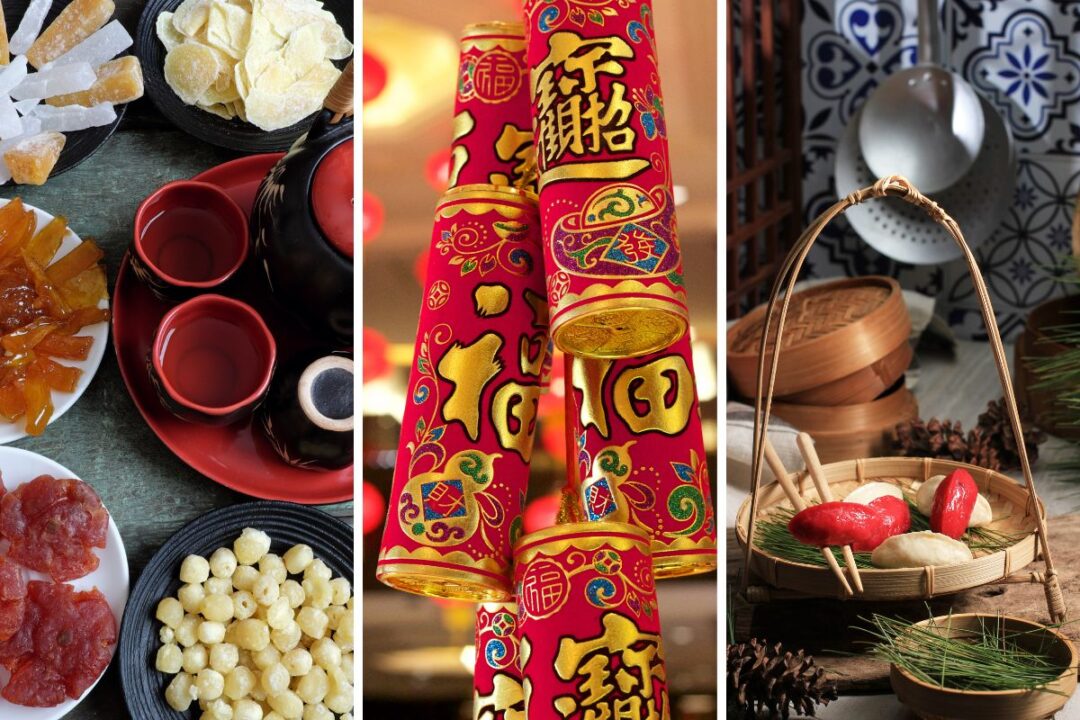As the Lunar New Year, also known as the Spring Festival, approaches, with the Year of the Dragon from February 10 to February 24, it’s not uncommon for people to mix up Chinese New Year and Lunar New Year. These two terms are often used interchangeably, but there are subtle differences between them.
Is it Chinese New Year or Lunar New Year?
Lunar New Year and Chinese New Year refers to the same thing, the most important traditional festival in Hong Kong and Mainland China. It marks the beginning of the lunar calendar, typically falling in January or February, depending on the year.
The choice of whether to refer to it as Lunar New Year or Chinese New Year essentially depends on where you are and who you’re talking to. While “Chinese New Year” is more common in Hong Kong, China, and among Chinese communities worldwide, “Lunar New Year” is the preferred term for other Asian countries that celebrate the festival. However, many people use Lunar New Year or Chinese New Year interchangeably.
Are There Differences Between Chinese New Year and Lunar New Year?
Besides the wording, there are differences between Chinese New Year and Lunar New Year. Chinese New Year in China and Hong Kong includes events like parades, dragon and lion dances, as well as customs observed at work and within the family, like gatherings, giving red packets, decorating with specific flowers and fruits, and, of course, enjoying big feasts.
In Korea, during Seollal (Lunar New Year), families come together for a three-day celebration. They show respect to their elders through a traditional bow, receiving New Year’s money in return. Traditional dishes like Tteokguk (rice cake soup), Jeon (pan-fried pancakes), and Japchae (stir-fried glass noodles) are served. People wear Hanbok, a colourful Korean attire, and perform ancestral rituals. The zodiac guides their planning, and a “moon house” made of burnable firewood and branches, is set to ward off evil spirits and make wishes for the year ahead.
In Vietnam, during Tết, the Vietnamese Lunar New Year, families unite and observe various traditions as well. Many return to their hometowns to honour ancestors and maintain graves, while different regions and religions have their distinct customs. Preparations involve cooking special foods such as Bánh Tét and Bánh Chưng, rice cakes with diverse fillings, as well as roasted watermelon seeds (Hạt Dưa), pickled onions and cabbage (Dưa Hành), and dried candied fruits (Mứt). People also engage in house cleaning, visit each other, exchange New Year’s greetings, and give lucky money to children and elders.
Chinese New Year and other Lunar New Year celebrations like Tết, and Seollal all involve cultural traditions centred around family reunions, ancestral honouring, and the preparation of special traditional foods.
Header Image Credit: Canva




